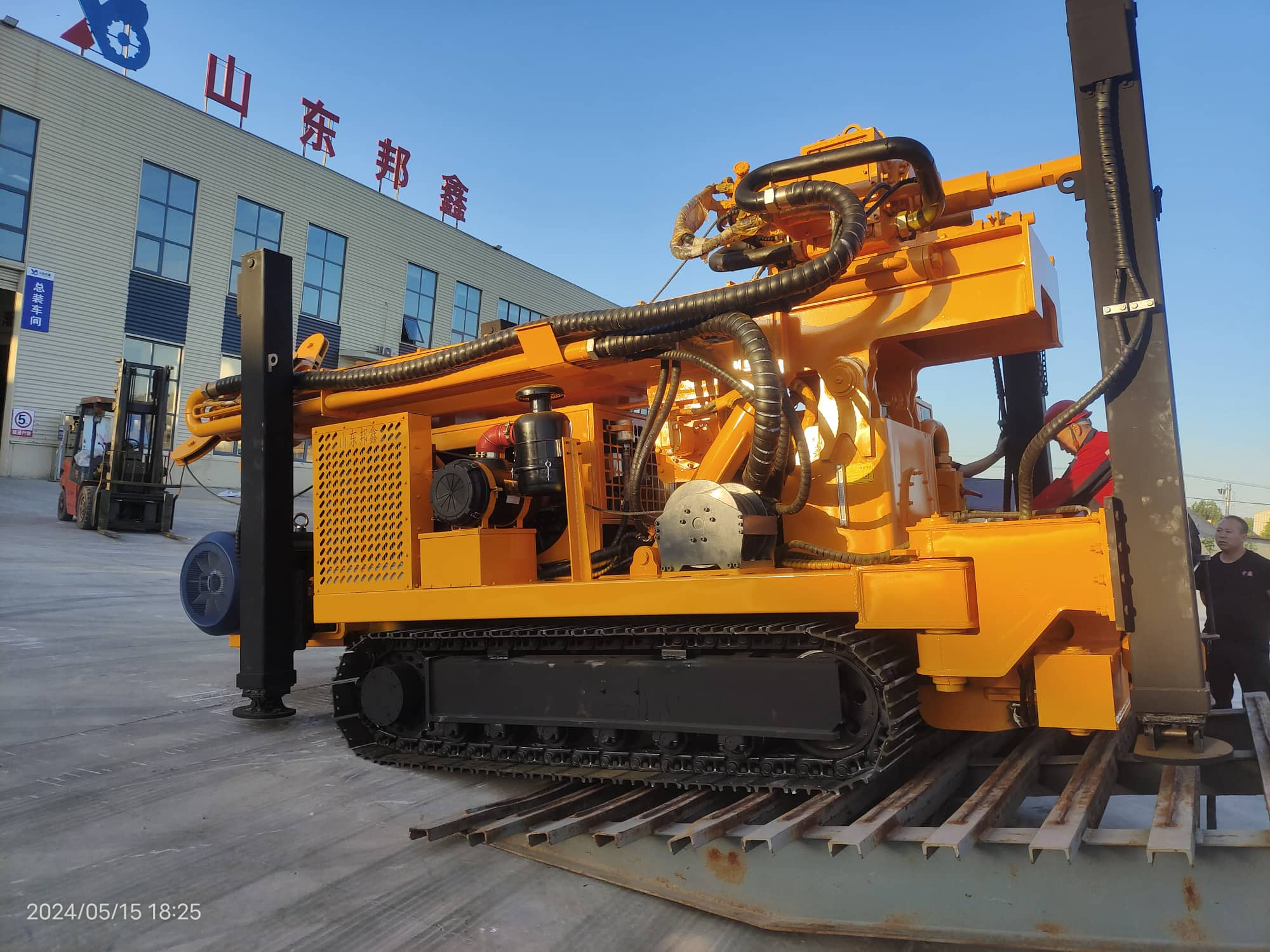How is the torque of the water well drilling rig measured?
I. What is the torque of a drilling rig?
que can be simply understood as the “twisting force” that causes an object to rotate. For drilling rigs, torque is directly related to whether the drill bit can drill into rock or soil smoothly. For example, insufficient torque in oil drilling can cause the drill bit to jam, while excessive torque may damage the drill rod2. It is usually measured inNewton-meters (N·m)”.

How is the torque of a water well drilling rig measured?
hw-remosaic: false;
touch: (-1.0, -1.0);
modeInfo: ;
sceneMode: 8;
cct_value: 5800;
AI_Scene: (-1, -1);
aec_lux: 142.40295;
aec_lux_index: 0;
hist255: 0.0;
hist252~255: 0.0;
hist0~15: 0.0;
albedo: ;
confidence: ;
motionLevel: 0;
weatherinfo: null;
temperature: 30;
II. Indirect calculation through the hydraulic system
The “hydraulic pump-motor” system is often used to indirectly the torque of a fully hydraulic drilling rig. Taking a certain model of drilling rig as an example6:
Parameter acquisition: The displacement of the hydraulic pump is 75/r, the maximum displacement of the motor is 80.7ml/r, and the system pressure is 320bar.
Formula calculation: Tor = Motor displacement × System pressure × Mechanical efficiency / (20 × 3.14). For example, under maximum displacement, the torque can reach 411·m.
Speed regulation: By adjusting the motor displacement, torque and speed can be matched inversely to meet different working conditions.
III. Direct measurement method
In the drilling site, a turntable torque meter is often used for direct monitoring:
Principle: The reaction force generated when the turntable rotates is captured by the sensor converted into a real-time torque value5.
Equipment features: It has a wide range of measurable (torque corresponding to bolts M2-M64), to 6000 N·m or more4.
Application scenario: It is especially suitable for monitoring abnormal vibration of drill rods, sudden changes in rock strata,., to prevent drilling accidents.
IV. Key factors affecting measurement
Drill bit parameters: The larger the diameter, the higher the required torque. For example, a 0mm drill bit requires four times the torque of a 10mm drill bit1.
Geological conditions: The torque required for granite strata is usually 1.-2 times that of mudstone strata.
Equipment wear and tear: Leakage of the hydraulic system can cause calculation errors and needs to be calibrated regularly6.V. Summary
The determination of drilling rig torque is the core technology to ensure safe and efficient drilling. The indirect calculation method has a low cost but relies on system accuracy, while direct measurement method has strong real-time performance but complex equipment. In actual application, the two methods are often combined. For example, in deep-sea drilling, both the hydraulic and sensors are used to predict torque requirements and make real-time corrections56. With the development of intelligent sensor technology, torque monitoring will become more accurate and efficient
